There’s a permaculture principle of designing for disaster. The same principle applies to big disasters (whoever had the bright idea of building the Fukushima nuclear plant wasn’t taking account of it), or small disasters like a hailstorm or a day of sizzling hot weather when carrots are germinating or establishing. Like many permaculture principles it’s hardly rocket science: just research, consider and design for the extremes not just the ideal, and apply a bit of hazard assessment and risk management.
It’s the kind of thing that is elementary WHS. If you were filling in one of those nowadays ubiquitous hazard assessment forms for Fukushima before the tsunami, you’d have to give it a 1 – which means stop, right now, and eliminate the hazard, even if it means you can’t build the power station there. Same for the risks created by shipping coal and LNG out through the Barrier Reef or continuing to produce unlimited greenhouse gases – we don’t care how inconvenient or costly it is, if it’s a 1 you have to deal with the hazard. Full stop. Right now.
Duh.
Back to carrots.
This time of year, a tiny bit of hazard assessment says there are going to be thunderstorms and there are going to be frizzle days and chances are pretty good that you’ll get one or the other of them during the three weeks or so carrot seeds take to germinate and the further three weeks or so they take to establish to a relatively safe stage. I know the death of a carrot is not exactly a disaster, but you’d have to give it a 1 – very likely to happen and if it does, almost certain to kill the carrots.
I rarely plant carrots directly out as seed at any time of year (or anything else much). But if I need to, I can get away with it in autumn and winter. My autumns here in northern NSW are normally wet and winters fairly mild. WHS carrot risk drops to 3 or 4. This time of year though, I germinate them in the shadehouse, grow them out to advanced seedlings, and only plant them out into the garden when they are robust enough to need at worst “Medical attention and several days off work”, and a frizzle day during the week or so it will take them to establish is at worst “unlikely”. Maximum risk a 4
I’ve written about my usual method for planting carrots before. This week I’m planting out into the garden, besides the carrots, advanced seedlings of beets and spring onions, and I’m going to try sweet potatoes yet again (the wallabies love sweet potato leaves above just about anything else.) I’m also planting another round of seed in the shadehouse for planting out in January.
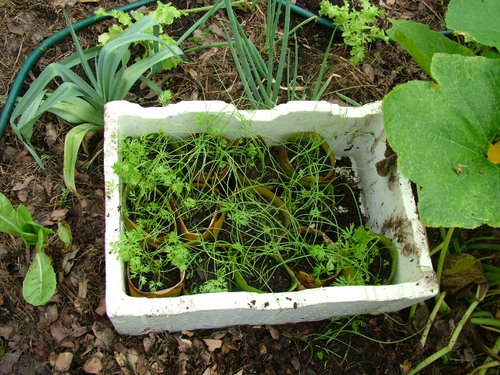
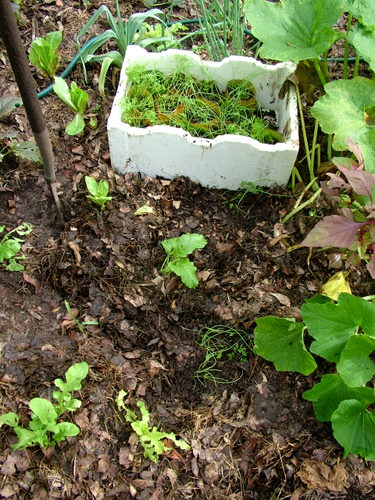
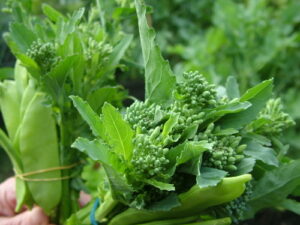
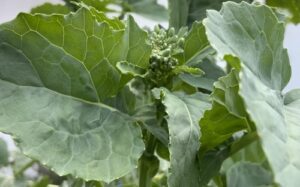
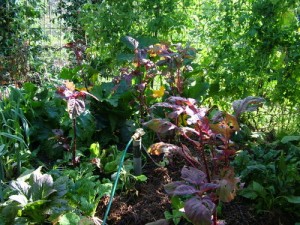
Ah – interesting!! I am a very green (as in inexperienced) permie just starting this year in Central VIC. I am having trouble getting anything other than rocket and beans/peas going in my garden via direct seeding and have already decided that the way to go next year is to raise everything in greenhouse conditions. The literature talks about direct seeding heaps but I’m buggered if it’s a goer here. I think its too cold when recommended planting dates come around and there’s absolutely no doubt that water is problematic here, not to mention our fragile old soils; I ran commercial wine grape vineyards for years here. Even with sheet mulching I struggle with direct seeding. That’s OK though – there’s more ways to skin a cat than only one!
Love your website Linda – I’ve read your book a zillion times – you’re one of my permie heroes 🙂
I think I have discovered the secret of carrots!!
Every crop I sow (direct seeded or in seedling trays) always loses forward motion at about 4cm tall, but if a child plants them, they thrive. From now on I’m getting kids to sow all carrots in every garden I work in.
I also struggle with carrots and had given up planting them. I will try this technique. Thanks for the tip. What precautions do you take to prevent planting shock to carrots?
Love the risk management applied to carrots. Pity it wasn’t applied to Fukashima.
If I transplant the carrots complete with their potting mix, they don’t suffer planting shock at all. The trick is never bare-rooting them.